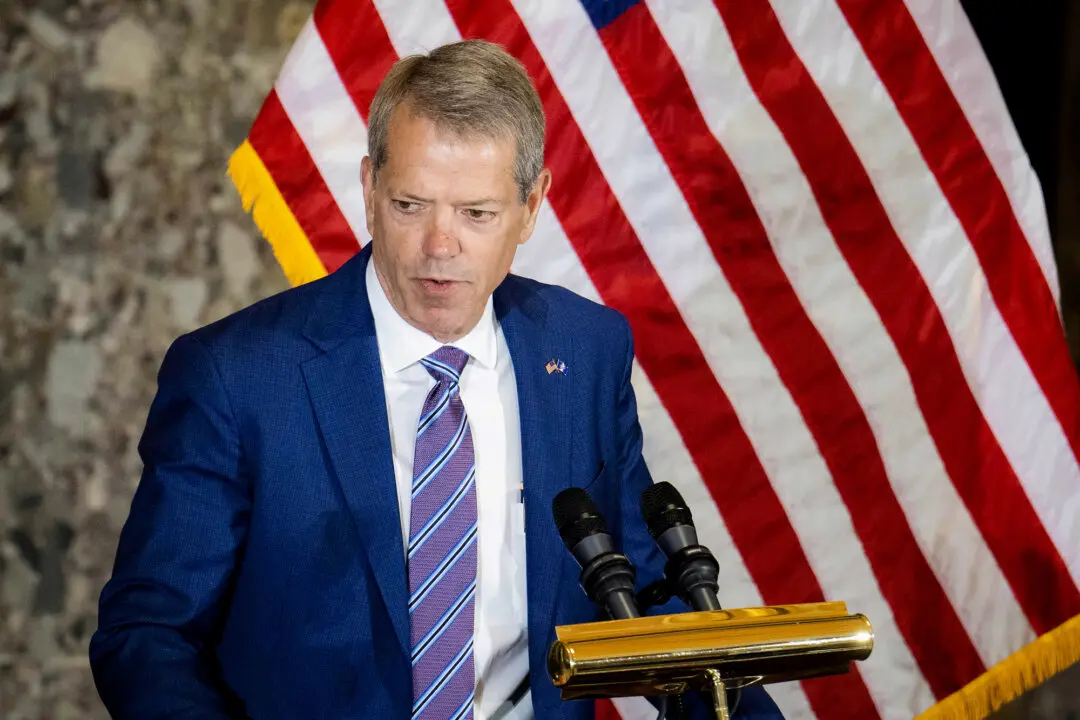Steven Rattner, who served as an adviser to the Treasury Secretary under the Obama administration, told CNBC in a recent interview that “too much stimulus” by the government and the Federal Reserve is to blame for soaring inflation.
Rattner, who made the remarks during a Sept. 14 broadcast of MSNBC’s “Morning Joe” program, said that Americans are now “paying the price” after the government “went too far in trying to mute the effects of the pandemic” and the Fed set its monetary dials to ultra-loose.





